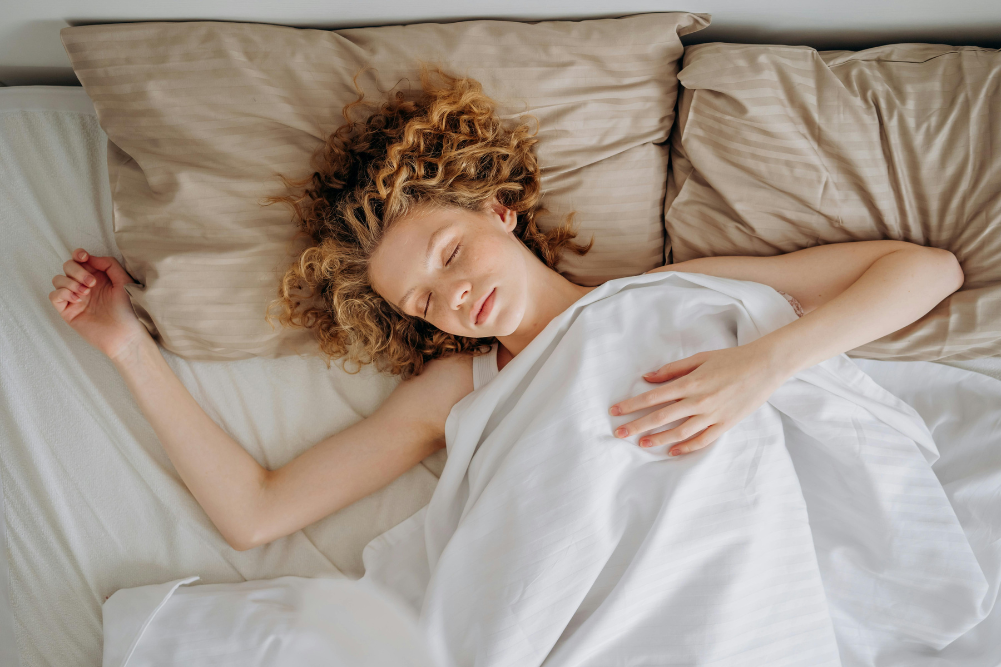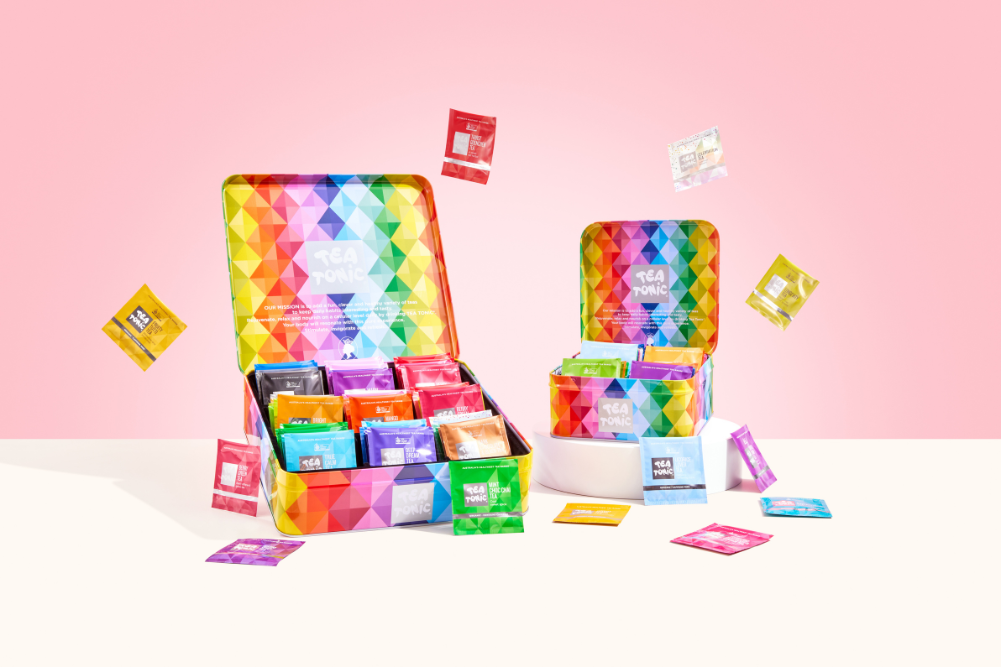Your guide to the healing powers of water
Our attraction to water is primitive — as basic as life itself. The human body is more than two-thirds water and our own blood plasma bears an uncanny resemblance to seawater. We have looked to the water to cure what ails us since the beginning of time.
The ancient Greeks believed seawater had the power to cleanse the system of malignant tumours and revitalise the nerves. The Roman Emperor Augustus took saltwater baths to protect against heart disease and, in 16th century France, King Henry III “took to the waters” to fix his skin disorders. Bathing for the purpose of cleansing the mind and body has always been part of Indian, Hebrew, Christian and African religious rituals.
World-famous obstetrician and water birth expert Dr Michel Odent says, “Water holds the cure to a multitude of health complaints. Providing sensations that are similar to the womb experience, water soothes and stimulates us and makes us feel protected and relaxed.”
The sea beckons as a place to revive, contemplate and reconnect with nature, but that’s only half the picture: the sea contains all the elements essential to life. It has an abundance of minerals and a wealth of trace elements and organic substances, which extensive medical research has shown are capable of restoring and preserving good health.
Because sea water has an affinity with our bodily fluids, many doctors and beauty therapists believe our bodies can absorb the minerals from the water directly by osmosis, especially when the water is heated to body temperature. At the Centre Phytomer Aix les Bains, an ancient spa town in France, therapists use 100 per cent freeze-dried Breton sea kelp in baths and massage to treat everything from fatigue to circulatory disorders, hypertension and weight loss. The alginic acid in seaweed has the capacity to bind with toxins in our system and speed their elimination from the body.
Hydrotherapy (water therapy) and thalassotherapy (sea-water therapy), remedies pioneered by the Greeks and Romans and traditionally the mainstays of the European spas, are turning up in salons here, too. At Gillian Adams, a spa on Sydney’s upper North Shore, clients submit to a range of different water therapies including the Oxygen Therapy Aquamedic Pool (a large marble pool that sends jets of oxygenated water swirling through the pool to stimulate the immune system and calm the nerves), Balneotherapy (a computerised hydrobath infuses seawater extracts into the bath to help vascular conditions, rheumatic conditions and cellulite reduction) and the Vichy shower (where the client lies on a water table under a soothing “rain-bar” to boost circulation and reduce stress). Gillian Adams is possibly the closest of all Australian spas to a traditional European spa. Indeed, most of the treatments at Gillian Adams revolve around water and its healing potential.
Likewise, at Gwinganna Lifestyle Retreat in the picturesque Tallebudgera Valley in Queensland, patrons are discovering a range of water therapies including baths, the hydro spa, aromatic steaming, spa manicures and pedicures and their luxurious crystal shower (in a vast room containing a huge amethyst crystal). The combined benefits of seaweeds and mineral salts with soothing jets of water make for fabulous treatments.
It’s certainly true that water dissolves stress, but relaxation is only part of the story. The treatments encourage the elimination of toxins and help cleanse the whole system. The Anoint Chakratherapy treatment is a pampering extravaganza in which the therapist gives the client a ritual bath followed by an intuitive massage. By the end of the treatment, the client feels completely relaxed, the skin is soft and soothed and the spirit soars.
As part of a wave of interest in all things natural, the beauty business is looking to seaweed, salt and mud to bestow specific beauty benefits. Seaweed is rather a loose colloquial term that encompasses macroscopic, multi-cellular marine algae. In terms of human health, it has an impressive list of credentials. Unlike land plants, which derive their nutrients from soil, which can be poor or nutrient-deficient, seaweed absorbs its nutritional requirements directly from the seawater into its tissues. A host of minerals and trace elements are gathered from constant tidal movement and assimilated for cell growth.
The beauty boosting elements in seaweed include amino acids, free-radical-fighting vitamins C, B and E and minerals, calcium, magnesium, iron, zinc and copper. The ancient Chinese attributed their remarkably healthy hair and strong nails to seaweed tea, a claim that has been verified by the discovery that the “beauty” vitamins and minerals contained in seaweed have a direct beneficial effect on hair and nails and also help prevent the premature ageing, drying and sagging of the skin.
Seaweed certainly has health-enhancing properties, but mud deserves more than a cursory glance. Its legendary status as a soothing and stimulating treatment has helped cure a bundle of ills, from arthritis to acne, since the beginning of time.
Among the world’s most famous mud is that from the Terme di Montecatini Spa in Italy. The thermal baths there have enticed those seeking cures since 400 BCE and have hosted a flock of famous modern-day sybarites (the Duke and Duchess of Windsor, Princess Grace and Prince Rainier, Katherine Hepburn and Spencer Tracy, to name a few) seeking its vital springs. Travellers go to Montecatini to “take the waters” (literally bathe in the mineral springs and sip the salty waters) and indulge in the “fango therapy” (mud face and body treatments).
The mud from Montecatini is excavated just a couple of kilometres outside the town and housed in enormous tanks where it’s infused with salty water and changes colour from red to grey-green. At the town’s spas, clients book in for fango therapy, where warm mud is slathered all over the body and allowed to dry for 20 or so minutes. When it cools, it’s washed off with strong jets of thermal water and a brisk massage follows.
For mere mortals who can’t take time out to partake of the pleasures of the spa, a trip to your local healthfood store will suffice. Many healthfood stores stock red, green and white clays which, when activated with water and applied over the entire body, will draw impurities away from the skin, replenish trace minerals, increase circulation, draw toxins and impurities out of the skin and leave it stimulated and cleansed.
Sea salt also bestows a raft of healing benefits on the skin and body. Though it gets a lot of bad press, salt is essential for the regulation of blood pressure (but it is important not to consume too much), helps extract excess acidity from the cells and is vital for the balancing of sugar levels in the blood. Salt also helps prevent muscle cramps and helps purge mucus. Because of these properties, salt makes an ultra-relaxing bath salt and a high-performance natural exfoliant.
The signature treatment at the Aurora Spa in Melbourne is the Kitya Karnu, a desert-salt body exfoliation treatment. It’s performed in a private steam room and incorporates a mini facial and scalp massage to provide top-to-toe bliss and detoxification. Also popular at Gwinganna is the Aromatic Pedicure in which clients have their feet exfoliated with salt before surrendering to a reflex-point foot massage.
Seawater, seaweed, mud and salt all bestow a bounty of beauty treats supercharged with particles of wellbeing. Water weaves a particular magic over the human psyche, bringing peace and balance, but these products offer more: they provide a real promise of future health.
Mineral spa
Health and Beauty writer Helen Hawkes visits a natural mineral spa in New Zealand. By Helen Hawkes
In the 1870s, Catholic priest Father Mahoney trekked 80km from Tauranga to Rotorua in New Zealand to bath in a hand-dug, fern- and manuka-fringed hot pool. Today, I’m following in his footsteps, along with a pile of Japanese tourists and locals, at one of the world’s top 10 spas, the Polynesian Spa.
It’s a bathing complex with a variety of hot mineral pools, some with the type of acid water reputed to be good for aches and pains that Fr Mahoney favoured. Others have alkaline water containing mostly sodium bicarbonate and sodium chloride, said to provide relief for tired muscles.
Apparently, waters are classified as acidic, basic, or neutral according to the balance of hydrogen in the water, but it’s mostly the minerals contained within that are thought to have therapeutic benefits. There’s even a science based around naturally occurring mineral waters called balneology, with experts studying the effects of hot water and minerals on various ailments.
Hot spring soaking has a deep and far-reaching tradition in North America, starting with the indigenous North American tribes who considered hot springs to be power spots in nature. Indigenous cultures used the natural waters for healing, purification ceremonies, sacred gatherings and tribal meetings.
Later on, President Roosevelt, a polio survivor, is said to have regularly visited hot springs for a restorative soak. In many locations, spas with mineral waters became the domain of the well-to-do. Nowadays, hot spring therapy is not as popular in the US as it is in Europe, though the Mojave Desert does boast the famous Tecopa Hot Springs and there are mineral spring spas in Arizona, Colorado and even Michigan.
In Europe, famous mineral spa towns include Bath in England, the Seven Springs Spa in Serbia, Baden-Baden in Germany and Sciacca in Sicily, while Australia’s well-known spa town is Hepburn Springs and in New Zealand there’s also Hammer Springs as well as Rotorua.
In Japan, the Kusatsu hot spring is the most famous. Each visitor is pre-screened by the bath master to determine if such a bath would be safe and beneficial for a wide variety of conditions, including skin infections, respiratory problems and skin inflammations. The waters are said to help soften and detoxify the skin. This is probably due to the mineral content of the hot springs.
Bicarbonate water helps open peripheral blood vessels and improve circulation to the body’s extremities. Some balneologists even believe that bicarbonate baths assist with cardiovascular disease and nervous system imbalances.
As for mineral springs rich in chlorides, their list of possible benefits are endless. They are considered beneficial for rheumatic conditions such as arthritis, central nervous system problems, post-traumatic and post-operative disorders as well as orthopaedic problems and even gynaecological disorders.
Be warned, though, that there are many medical conditions the magical waters can’t treat, such as fever, so you should always check with your doctor if you have an acute or chronic ailment before you dip into a steaming pool.
At the Polynesian Spa, I have a choice of temperatures, from a soothing 36°C to a very hot 42°C. I’m told the water flows at almost boiling point from the deep Whangapipiro spring 100 metres away.
I only stay 20 minutes in the hot waters — soaking for too much longer can make you feel faintheaded as well as dehydrated — and I do feel relaxed, if not cured of ailments.







